Topic neck pain and headache: Explore the link between neck pain and headache with our comprehensive guide, offering insights into causes, effective treatments, and prevention strategies for lasting relief and improved well-being.
Table of Content
- What are the causes and solutions for stiff neck and headache?
- Understanding Neck Pain and Headache: Causes and Connections
- Common Causes of Neck Pain and Headache: From Tension to Migraine
- Diagnosing Neck Pain and Headache: When to See a Doctor
- Home Remedies for Relief: Exercises and Lifestyle Adjustments
- Professional Treatments: From Physical Therapy to Medication
- Preventative Strategies: Ergonomics and Posture Improvement
- YOUTUBE: Causes of Neck Pain and Headache - Dr. Sanjay Panicker
- Understanding Cervicogenic Headaches: Symptoms and Treatments
- The Impact of Stress and Anxiety on Neck Pain and Headache
- Nutritional Considerations: Hydration and Diet"s Role in Management
- When to Seek Urgent Care: Warning Signs and Symptoms
What are the causes and solutions for stiff neck and headache?
Stiff neck and headache can have a variety of causes, but some common ones include:
- Poor posture: Maintaining an incorrect posture for prolonged periods can strain the muscles in the neck, leading to stiffness and headache.
- Muscle tension: Stress or anxiety can cause tension in the neck muscles, resulting in stiffness and headache.
- Injury: Whiplash or other injuries to the neck can lead to stiffness and headache.
- Pinched nerve: When a nerve in the neck is compressed or irritated, it can cause pain in the neck that radiates to the head, resulting in headache.
- Arthritis: Degenerative changes in the cervical spine can cause stiffness and headache.
Here are some possible solutions for stiff neck and headache:
- Improving posture: Maintaining a good posture while sitting and standing can help alleviate strain on the neck muscles.
- Stretching and exercises: Regular stretching exercises can help relieve muscle tension and improve flexibility in the neck.
- Applying heat or cold: Applying a heating pad or an ice pack to the neck can help reduce inflammation and relieve pain.
- Pain medication: Over-the-counter pain medications like acetaminophen or ibuprofen can provide temporary relief from stiffness and headache.
- Physical therapy: In cases of severe neck pain and headache, physical therapy may be recommended to strengthen the neck muscles and improve range of motion.
- Stress management: Stress-relieving techniques such as relaxation exercises, meditation, or yoga may help reduce muscle tension and alleviate symptoms.
It is important to consult with a healthcare professional for an accurate diagnosis and appropriate treatment based on individual circumstances.
READ MORE:
Understanding Neck Pain and Headache: Causes and Connections
Neck pain and headaches are often interconnected, stemming from various physical, environmental, and psychological factors. Understanding their causes and connections is essential for effective management and treatment.
- Muscle Strain: Overuse or poor posture, such as hunching over a computer, can lead to muscle strain in the neck, which might also trigger headaches.
- Cervicogenic Headaches: These headaches originate from disorders of the neck and are felt in one or more areas of the head and face. The pain may arise from issues in the cervical spine, including discs, bones, or muscles.
- Tension Headaches: Stress and tension can cause tightening of the neck and scalp muscles, leading to the most common type of headache experienced by adults.
- Migraine: Migraines can be associated with neck pain, where the neck pain can either be a trigger or a symptom of the migraine.
- Arthritis: Degenerative changes in the neck joints, such as with osteoarthritis, can contribute to discomfort in the neck and headaches.
- Whiplash and Injuries: Accidents that cause sudden movement of the head and neck, like whiplash, can lead to chronic neck pain and headaches.
- Nerve Compression: Herniated discs or bone spurs in the cervical spine can compress nerves, causing neck pain and potentially leading to headaches.
Each of these conditions can contribute to or exacerbate the other, creating a cycle of pain that affects both the neck and the head. Recognizing the connections between neck pain and headaches is crucial for identifying the appropriate treatment strategy.
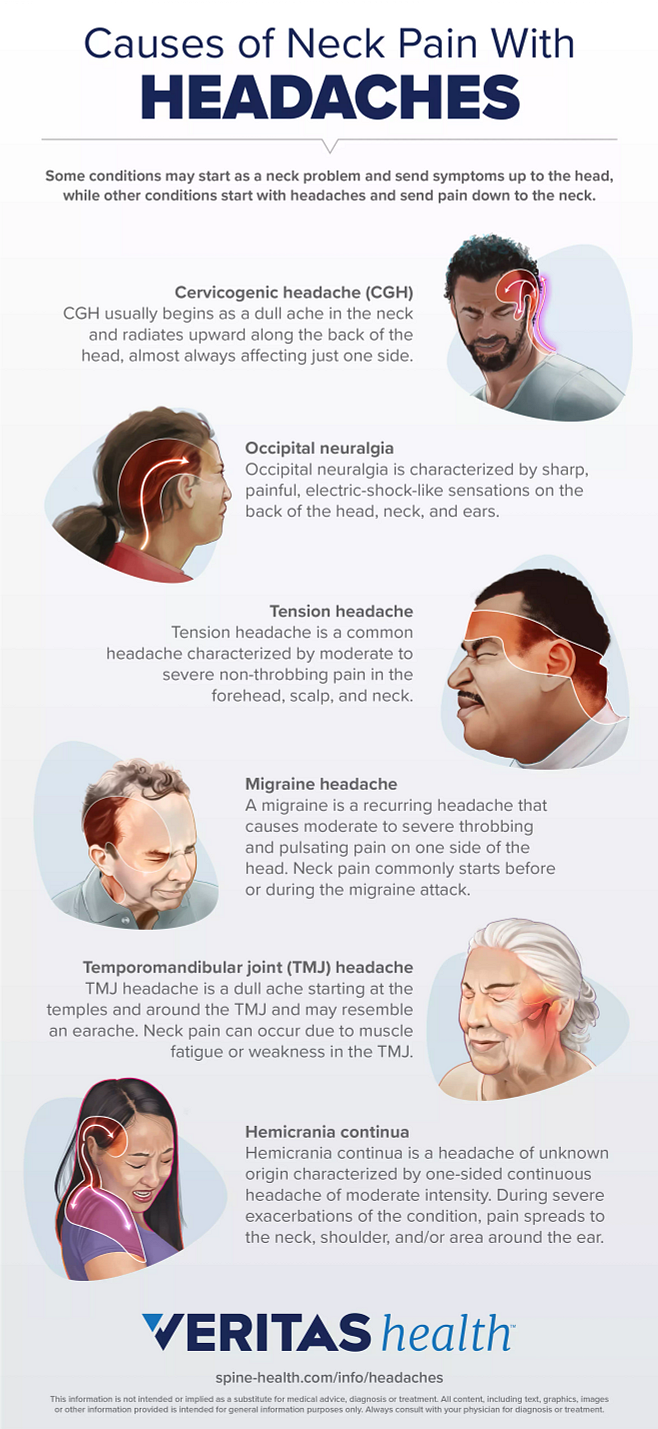
Common Causes of Neck Pain and Headache: From Tension to Migraine
Neck pain and headaches, often experienced together, can significantly impact daily life. Their common causes range from lifestyle factors to medical conditions, highlighting the importance of understanding the underlying reasons to manage symptoms effectively.
- Poor Posture: Spending long hours in front of a computer or using smartphones can lead to poor posture, straining neck muscles and leading to pain and headaches.
- Stress: Stress can cause tension in the neck muscles, leading to tension headaches and contributing to neck discomfort.
- Migraine: Migraines are a significant cause of headaches and can be associated with neck pain, either as a trigger or a symptom.
- Cervicogenic Headaches: These headaches originate from neck issues, where the pain in the neck radiates to the head.
- Muscle Strain: Overuse or sudden movements can cause muscle strain, leading to neck pain and possibly headaches.
- Arthritis: Osteoarthritis in the neck can deteriorate joints, causing pain that may extend to the head.
- Nerve Compression: Conditions like herniated discs or bone spurs can compress nerves in the neck, causing pain and headaches.
- Injuries: Whiplash or other injuries affecting the neck can lead to chronic pain and headaches.
Identifying and addressing the common causes of neck pain and headache is crucial for effective relief and prevention. Lifestyle adjustments, medical treatment, and physical therapy can play significant roles in managing these conditions.
Diagnosing Neck Pain and Headache: When to See a Doctor
While many instances of neck pain and headache can be managed at home, there are certain conditions under which seeking medical advice becomes crucial. Understanding when to consult a doctor can help in diagnosing the underlying causes effectively.
- Persistent Pain: If your neck pain or headache persists for more than a week without improvement, it"s important to see a doctor.
- Severe Symptoms: Sudden, severe neck pain or headache, especially if it"s the worst you"ve ever experienced, warrants immediate medical attention.
- Neurological Issues: Symptoms such as weakness, numbness, tingling, or loss of coordination, particularly if these symptoms spread to the arms or legs, indicate a need for a medical evaluation.
- Accompanied Symptoms: Neck pain or headache accompanied by fever, chills, night sweats, or unexplained weight loss should be assessed by a healthcare professional.
- Impact on Daily Life: When pain significantly affects your ability to engage in daily activities or work, a doctor"s visit is necessary.
- After an Accident: Neck pain or headache following an accident, such as a car crash or a fall, requires immediate medical examination.
- Changes in Vision or Speech: Any associated changes in vision, speech, or hearing alongside neck pain or headache are signs that you should see a doctor.
- Other Medical Conditions: Individuals with existing medical conditions that could be contributing to neck pain or headache, such as arthritis or a history of cancer, should consult their doctor.
Early diagnosis and treatment are key to managing neck pain and headache effectively, preventing further complications, and improving quality of life.
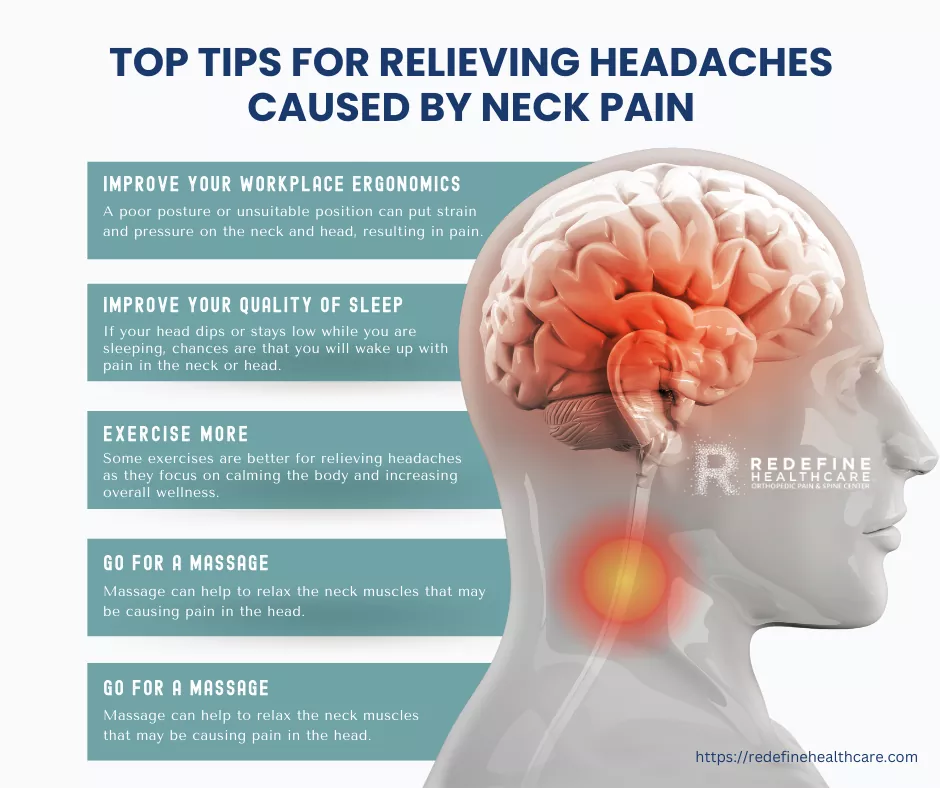
Home Remedies for Relief: Exercises and Lifestyle Adjustments
Alleviating neck pain and headaches can often be achieved through simple home remedies and lifestyle adjustments. These strategies are aimed at reducing tension, improving posture, and enhancing overall well-being.
- Exercise Regularly: Incorporate neck stretches and exercises to strengthen muscles, improve flexibility, and reduce tension. Gentle yoga and Pilates can also be beneficial.
- Apply Heat and Cold: Use a warm compress to relax tight muscles and a cold pack to reduce inflammation and numb pain. Alternating between heat and cold may provide additional relief.
- Maintain Good Posture: Adjust your workspace to support good posture. Ensure your computer screen is at eye level and use a chair that supports your lower back.
- Stay Hydrated: Dehydration can trigger headaches. Drink plenty of water throughout the day to stay hydrated.
- Manage Stress: Engage in stress-reducing activities such as meditation, deep breathing exercises, or walking. Managing stress can help reduce the frequency of tension headaches.
- Limit Screen Time: Take regular breaks from screens to prevent eye strain and neck tension. Practice the 20-20-20 rule: every 20 minutes, look at something 20 feet away for at least 20 seconds.
- Improve Sleep Habits: Ensure you have a supportive pillow and mattress. Try to sleep in a position that maintains the natural curve of your spine.
- Nutritional Adjustments: Some foods may trigger headaches in susceptible individuals. Keeping a food diary can help identify and avoid these triggers.
These home remedies and lifestyle adjustments can significantly reduce the discomfort caused by neck pain and headaches, improving your quality of life.
Professional Treatments: From Physical Therapy to Medication
For those suffering from neck pain and headaches, a range of professional treatments are available, targeting the root causes of discomfort and providing lasting relief.
- Physical Therapy: Tailored exercises and manual therapy techniques aim to strengthen the neck muscles, improve flexibility, and reduce pain.
- Medication: Depending on the cause and severity of your symptoms, doctors may prescribe pain relievers, anti-inflammatory drugs, muscle relaxants, or medications specifically for migraines.
- Chiropractic Care: Adjustments and manipulations by a chiropractor can help alleviate neck pain and improve function.
- Acupuncture: This traditional Chinese medicine technique involves inserting thin needles into specific points on the body to relieve pain.
- Massage Therapy: Therapeutic massage can reduce muscle tension in the neck and shoulders, relieving pain and improving circulation.
- Injection Therapies: For persistent pain, corticosteroid injections or nerve blocks may be recommended to reduce inflammation and pain.
- Occupational Therapy: Occupational therapists can suggest ergonomic adjustments at work and home to reduce strain and prevent further injury.
- Cognitive Behavioral Therapy (CBT): CBT can help manage the pain by changing the pain response patterns in the brain, especially useful for chronic pain sufferers.
Choosing the right treatment depends on the specific diagnosis and individual needs. Consultation with healthcare professionals is essential to determine the most effective strategy for your condition.
:max_bytes(150000):strip_icc()/pinched-nerve-headache-treatment-1719581-5c04ae4146e0fb0001cc1846.png)
Preventative Strategies: Ergonomics and Posture Improvement
Preventing neck pain and headaches often involves making adjustments to your daily habits and work environment. Ergonomic improvements and posture correction are key strategies that can help reduce the risk of developing pain and discomfort.
- Ergonomic Workspace: Set up your workspace to promote good posture. Ensure your computer monitor is at eye level and your chair supports your lower back. Keep your feet flat on the floor or on a footrest.
- Adjust Your Posture: Be mindful of your posture throughout the day. Keep your shoulders back and relaxed, your neck in a neutral position, and your back supported by your chair.
- Take Frequent Breaks: Avoid sitting or standing in the same position for long periods. Take short breaks every hour to stretch and move around.
- Use Headsets or Speakerphone: If you spend a lot of time on the phone, use a headset or speakerphone to avoid cradling the phone between your ear and shoulder.
- Exercise Regularly: Strengthening and flexibility exercises for the neck, shoulders, and back can help improve posture and reduce the risk of pain.
- Proper Lifting Techniques: When lifting heavy objects, use your legs, not your back or neck. Keep the load close to your body.
- Optimize Lighting: Ensure your work and living spaces are well-lit to reduce eye strain, which can lead to headaches and neck tension.
- Eye-Level Reading Materials: Keep reading materials and devices at eye level to avoid bending your neck down for extended periods.
By incorporating these preventative strategies into your daily routine, you can minimize the risk of neck pain and headaches and promote a healthier, more comfortable lifestyle.
Causes of Neck Pain and Headache - Dr. Sanjay Panicker
Causes: Discover the surprising causes behind common everyday problems in this eye-opening video! Uncover the hidden triggers and gain insights that will change the way you view the world. Watch now to demystify the unknown!
Top 7 Exercises for Neck Pain and Headaches
Exercises: Get ready to break a sweat with these exhilarating exercises! Join our fitness expert as they guide you through an energizing workout routine that will leave you feeling stronger and more accomplished. Tune in to achieve your fitness goals and unleash your full potential!
Understanding Cervicogenic Headaches: Symptoms and Treatments
Cervicogenic headaches are a type of headache that originates from the cervical spine or the neck. This condition is often misdiagnosed because its symptoms can mimic those of migraines or tension headaches. Understanding the symptoms and effective treatments is crucial for managing this condition and improving quality of life.
- Symptoms: Cervicogenic headaches are characterized by pain that starts in the neck and spreads to the head. The pain is typically on one side and can be triggered by neck movement or posture. Other symptoms include stiffness in the neck, pain around the eyes, and sensitivity to light and sound. Some individuals may also experience blurred vision and nausea.
- Diagnosis: Diagnosing cervicogenic headaches often involves a physical examination and possibly imaging tests like X-rays or MRIs to assess the cervical spine"s condition. A healthcare provider may also perform nerve blocks to determine if the headache originates from the neck.
- Treatments: The treatment for cervicogenic headaches focuses on relieving the pain and addressing the underlying cause. Treatment options include:
- Physical Therapy: Exercises to improve posture, strengthen neck muscles, and increase flexibility can help reduce the frequency and intensity of headaches.
- Medications: Pain relievers, anti-inflammatory drugs, and muscle relaxants may be prescribed to alleviate symptoms.
- Manual Therapies: Techniques such as massage, chiropractic adjustments, and osteopathy can help relieve neck tension and improve spinal alignment.
- Nerve Blocks: Injections that temporarily numb nerves in the neck can provide relief and help identify the pain source.
- Lifestyle Modifications: Changes such as improving ergonomics at work, practicing good posture, and incorporating stress-reduction techniques can prevent headaches.
- Preventive Measures: Regular exercise, maintaining a healthy weight, and avoiding prolonged periods of neck strain (such as looking down at your phone) can help prevent cervicogenic headaches.
Understanding and addressing cervicogenic headaches require a multidisciplinary approach for effective management. If you suspect you have cervicogenic headaches, consulting with a healthcare professional skilled in diagnosing and treating this condition is essential.
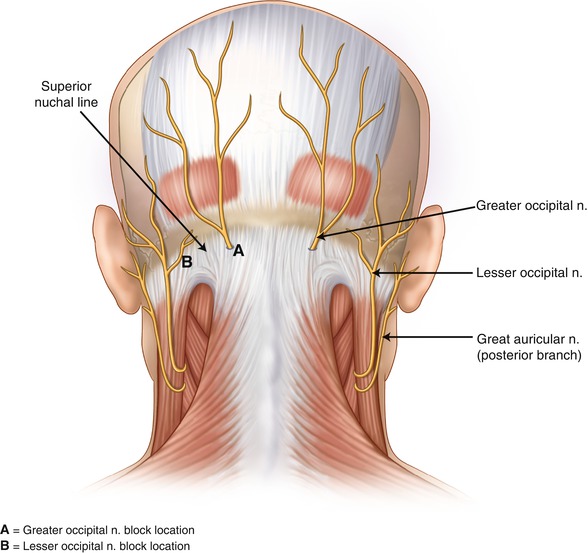
The Impact of Stress and Anxiety on Neck Pain and Headache
Stress and anxiety are not just emotional states; they have physical manifestations that can significantly affect our health, including contributing to neck pain and headaches. Understanding the connection between these mental health issues and physical symptoms is crucial for effective management and treatment.
When we experience stress or anxiety, our body responds by entering a state of heightened alertness. This reaction, often referred to as the "fight or flight" response, can lead to muscle tension, especially in the neck and shoulders. This tension can then contribute to or exacerbate neck pain and headaches, including tension headaches and migraines.
- Physiological Reactions: Chronic stress and anxiety can lead to persistent muscle tension, reducing blood flow to the area and causing pain.
- Behavioral Changes: High levels of stress and anxiety can also lead to changes in behavior, such as poor posture or decreased physical activity, which can contribute to neck pain and headaches.
- Emotional Feedback Loop: Experiencing neck pain and headaches can, in turn, increase feelings of stress and anxiety, creating a vicious cycle that can be challenging to break.
To manage the impact of stress and anxiety on neck pain and headaches, consider incorporating the following strategies:
- Regular Exercise: Physical activity can reduce muscle tension and stress.
- Mindfulness and Relaxation Techniques: Practices such as meditation, deep breathing exercises, and yoga can help manage stress levels and reduce muscle tension.
- Improving Posture: Maintaining a good posture can reduce unnecessary strain on the neck and shoulders, preventing pain.
- Seeking Professional Help: Consulting with a healthcare provider or therapist can offer personalized strategies to manage stress, anxiety, and their physical symptoms.
Understanding the interplay between stress, anxiety, neck pain, and headaches can empower individuals to take proactive steps towards alleviating these symptoms through lifestyle changes, stress management techniques, and professional support when necessary.
Nutritional Considerations: Hydration and Diet"s Role in Management
Nutrition plays a pivotal role in the management of neck pain and headaches. A well-balanced diet, rich in essential nutrients, and proper hydration can significantly influence the severity and frequency of these conditions. By understanding and applying key nutritional principles, individuals can enhance their overall health and potentially reduce the discomfort associated with neck pain and headaches.
Hydration is fundamental in maintaining optimal health and can directly impact the occurrence of headaches and migraines. Dehydration can trigger headaches by causing the brain to temporarily contract or shrink from fluid loss. This mechanism can cause the brain to pull away from the skull, leading to pain and triggering a dehydration headache.
- Stay Hydrated: Drinking adequate amounts of water throughout the day helps prevent dehydration-related headaches. The recommended daily intake can vary based on individual needs, but starting with 8-10 glasses of water a day is a good benchmark.
- Magnesium-Rich Foods: Magnesium deficiency has been linked to headaches and migraines. Incorporating magnesium-rich foods such as leafy greens, nuts, seeds, and whole grains can help manage headache frequency.
- Omega-3 Fatty Acids: Foods high in omega-3 fatty acids, like salmon, flaxseeds, and walnuts, can reduce inflammation, which may help lessen the severity of neck pain and headaches.
- Limited Processed Foods: Processed foods can contain additives and preservatives, such as MSG and aspartame, which are potential headache triggers. Reducing intake of these foods may decrease headache occurrences.
- Regular, Balanced Meals: Skipping meals can lead to low blood sugar, which is a known trigger for headaches. Eating regular, balanced meals helps maintain stable blood sugar levels.
Additionally, certain foods and beverages may trigger headaches in some individuals. Keeping a food diary can help identify and eliminate these potential triggers from the diet. Common triggers include caffeine, alcohol, aged cheeses, and chocolate.
Implementing these nutritional considerations can be a valuable part of a comprehensive approach to managing neck pain and headaches. However, it"s essential to remember that dietary changes should complement other treatment strategies and, when possible, be discussed with a healthcare professional to ensure they align with individual health needs and conditions.
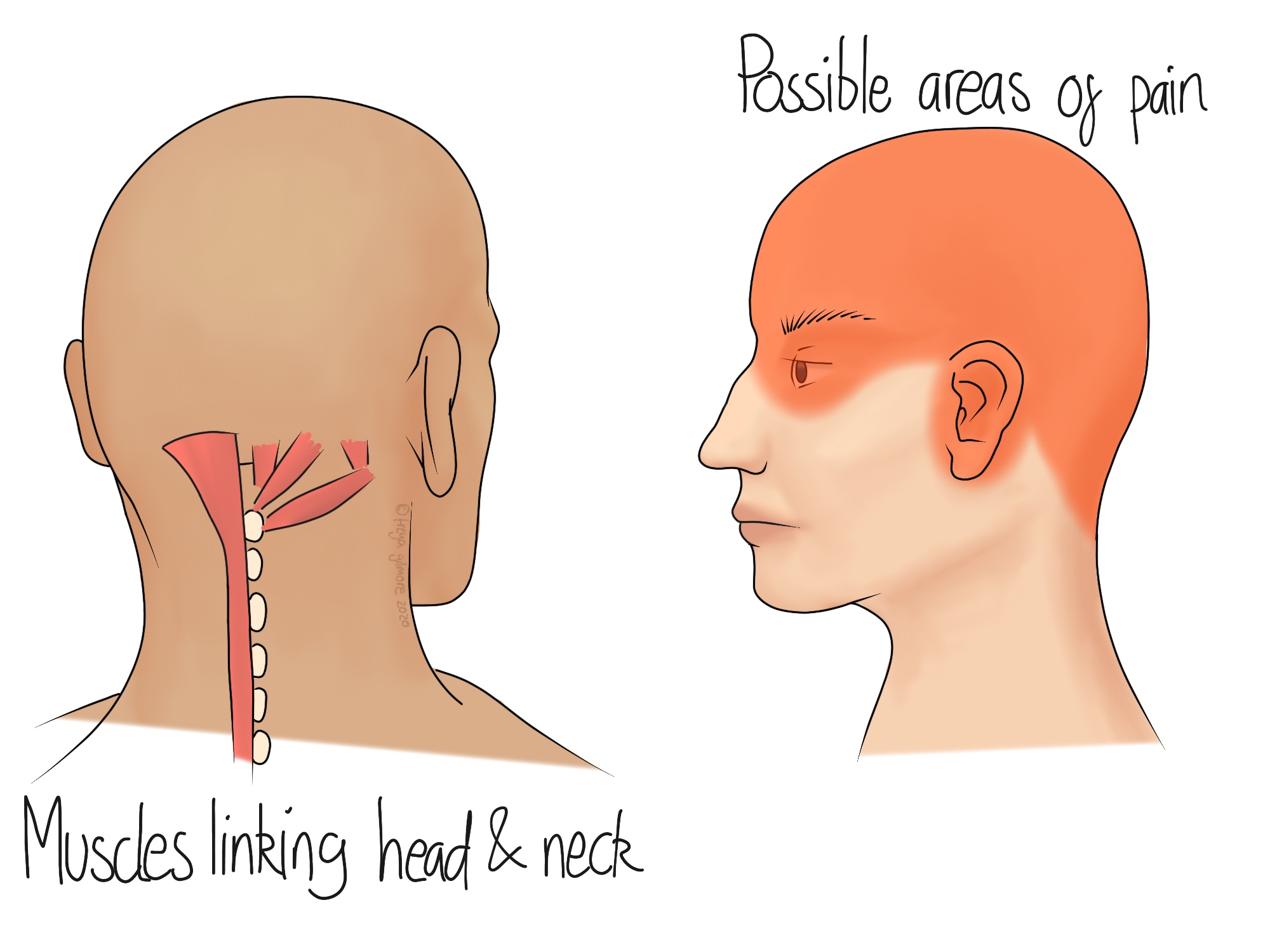
READ MORE:
When to Seek Urgent Care: Warning Signs and Symptoms
While many cases of neck pain and headaches can be managed with home remedies and over-the-counter medications, there are certain symptoms that require immediate medical attention. Recognizing these warning signs is crucial for preventing potentially serious health complications. Here are key symptoms that indicate the need for urgent care:
- Sudden, Severe Headache: A headache that comes on suddenly and is more severe than any headache you"ve experienced before can be a sign of a serious condition, such as a stroke or aneurysm.
- Headache with Neurological Symptoms: If a headache is accompanied by symptoms such as confusion, difficulty speaking, vision changes, weakness, or numbness on one side of the body, seek immediate medical attention as these could indicate a stroke.
- Neck Pain with Fever: Neck pain accompanied by a high fever could be a sign of meningitis, a potentially life-threatening condition that requires urgent treatment.
- Unexplained Weight Loss: Experiencing significant weight loss without trying can be a sign of a serious health issue that needs to be evaluated by a healthcare provider.
- Persistent or Worsening Symptoms: If your neck pain or headache is not improving with treatment, or if symptoms worsen, it’s important to consult with a healthcare professional to rule out underlying conditions.
- Headache after a Head Injury: A headache that develops after a blow to the head could indicate a concussion or other serious injury and should be evaluated by a doctor immediately.
If you experience any of these symptoms, do not wait to see if they go away on their own. Seeking immediate medical attention can be critical for your health and well-being. In cases where you are unsure if your symptoms warrant a trip to the emergency room, it’s better to err on the side of caution and get evaluated by a healthcare professional.
Remember, these guidelines are not exhaustive, and any sudden or severe symptom should be evaluated by a healthcare provider to ensure the best possible outcome.
Empower yourself in the journey towards wellness by understanding the intricate relationship between neck pain and headaches. With the right knowledge and strategies, managing these conditions becomes achievable, leading to a more comfortable and vibrant life.


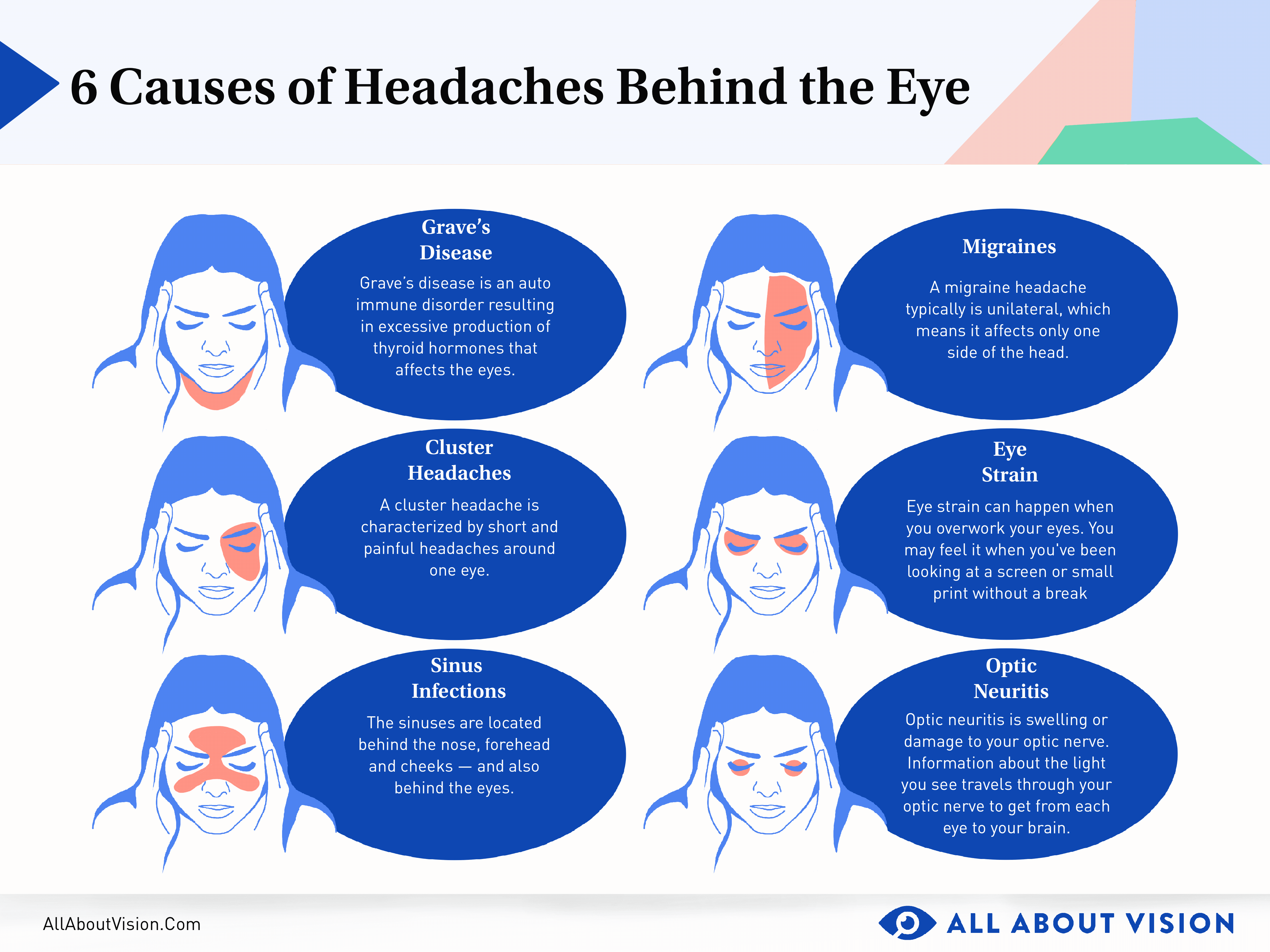
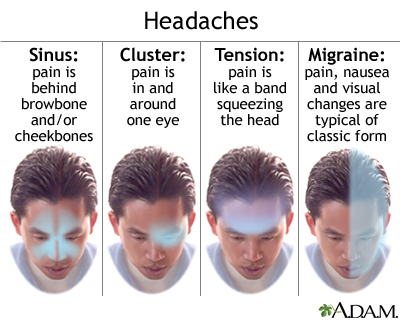
:max_bytes(150000):strip_icc()/headaches-as-a-symptom-of-multiple-sclerosis-2440798-01-ac13321fbd2d4dca99f899a63b8ea265.png)


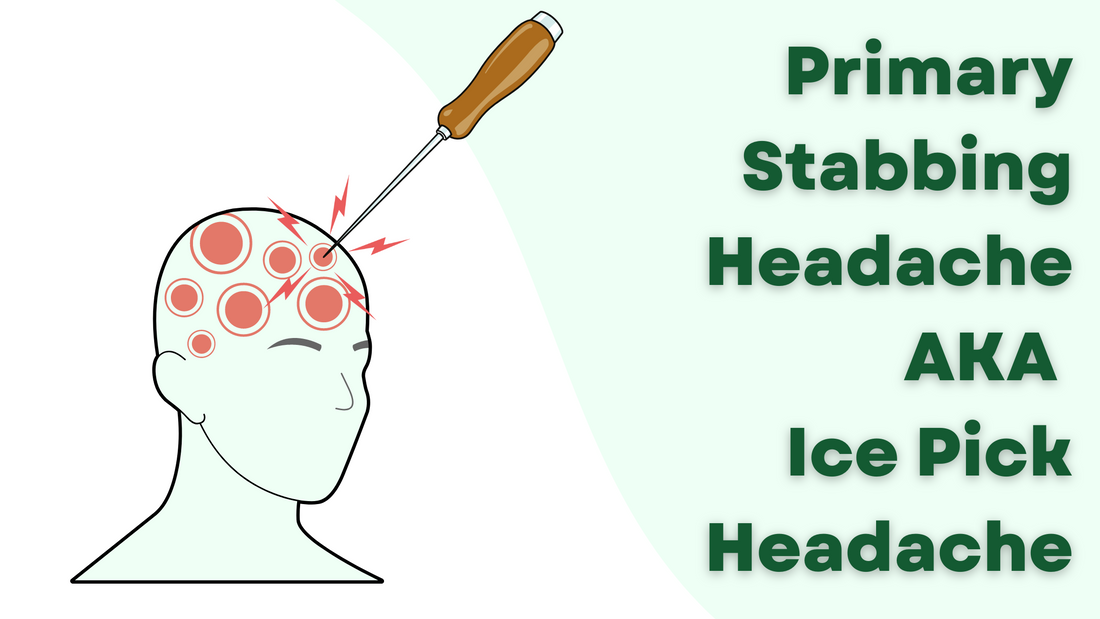

:max_bytes(150000):strip_icc()/Health-dehydration-symptoms-7480908-Horiz-e2500f0828b746ee9d2e2b5257af60cb.jpg)
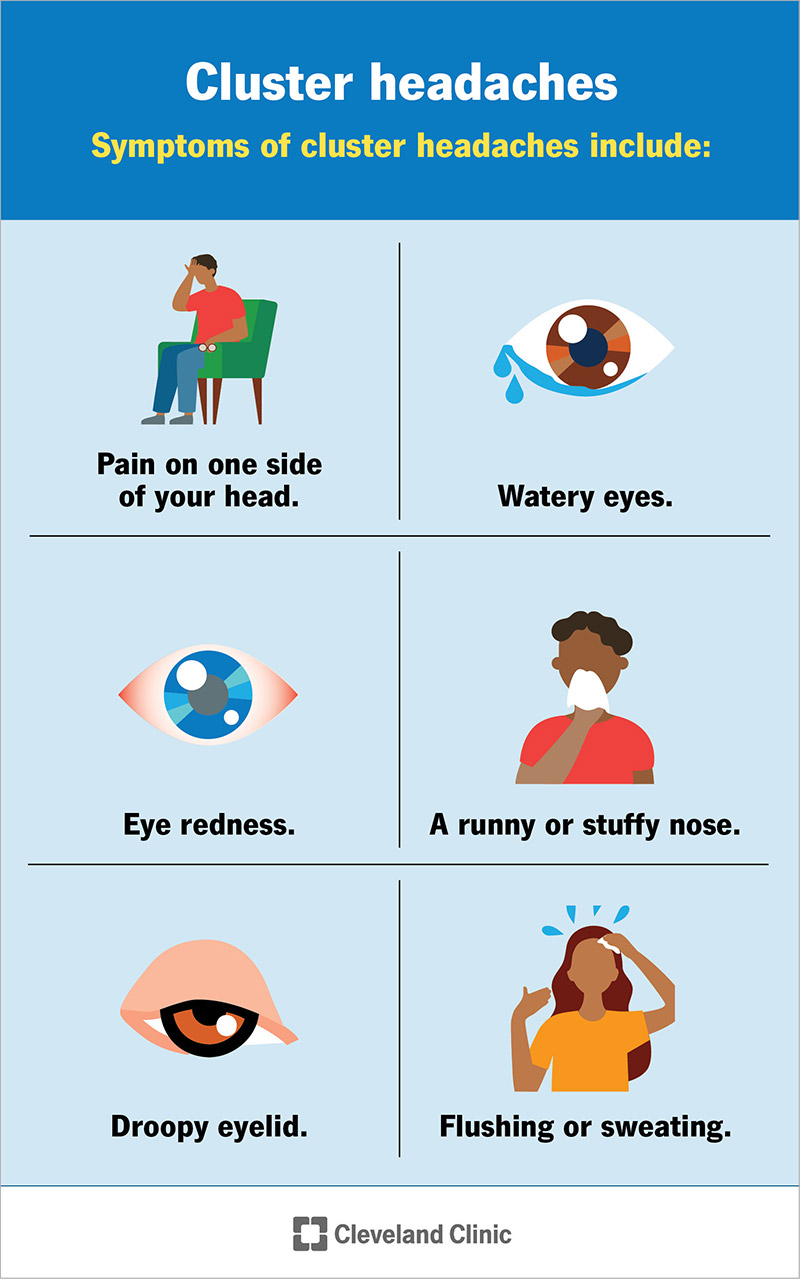
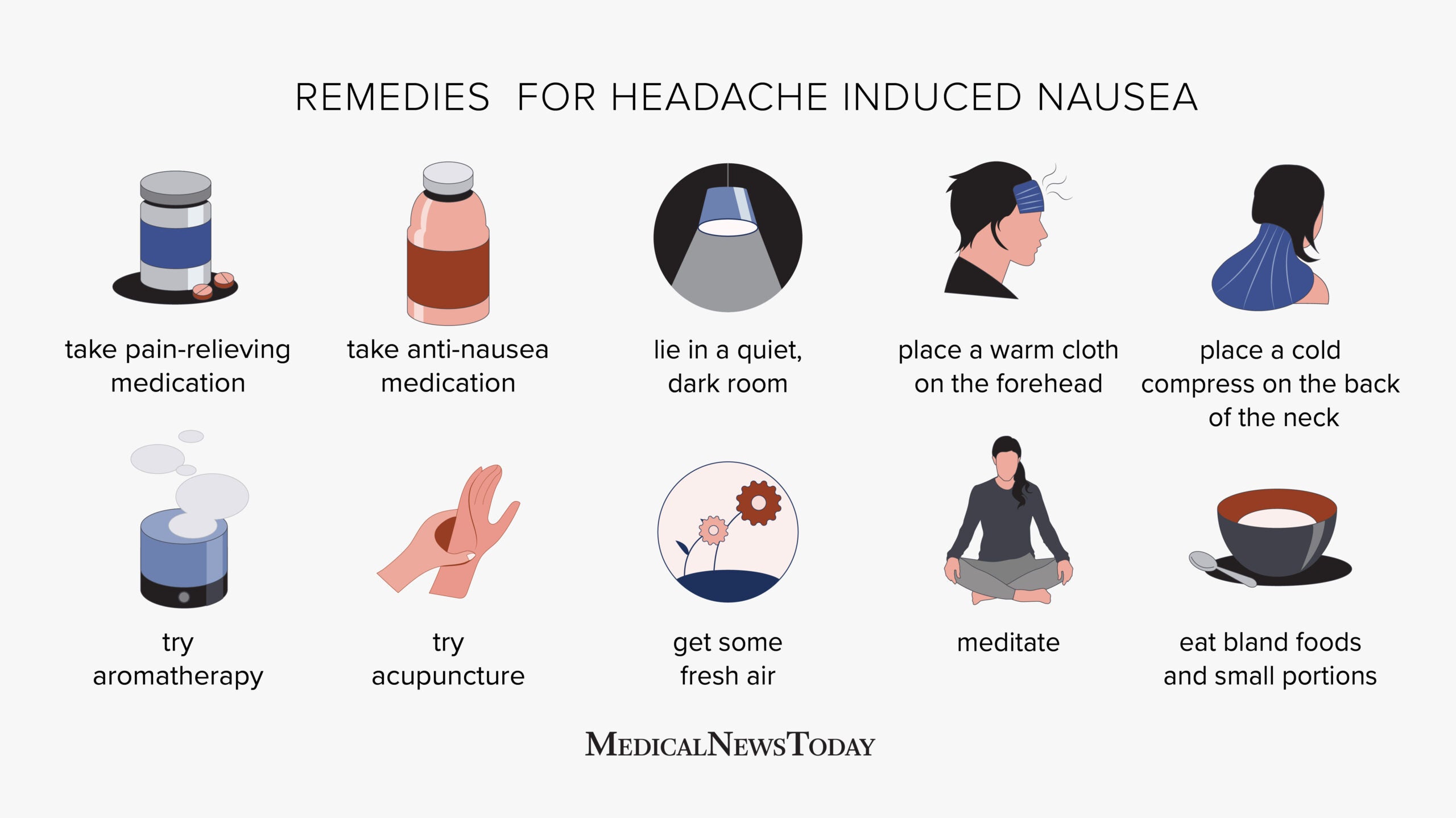
:max_bytes(150000):strip_icc()/headache-on-the-right-side-5216756_final-b9d0145864d74706b0316a2e9b62dd37.jpg)